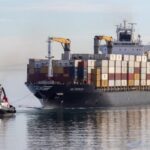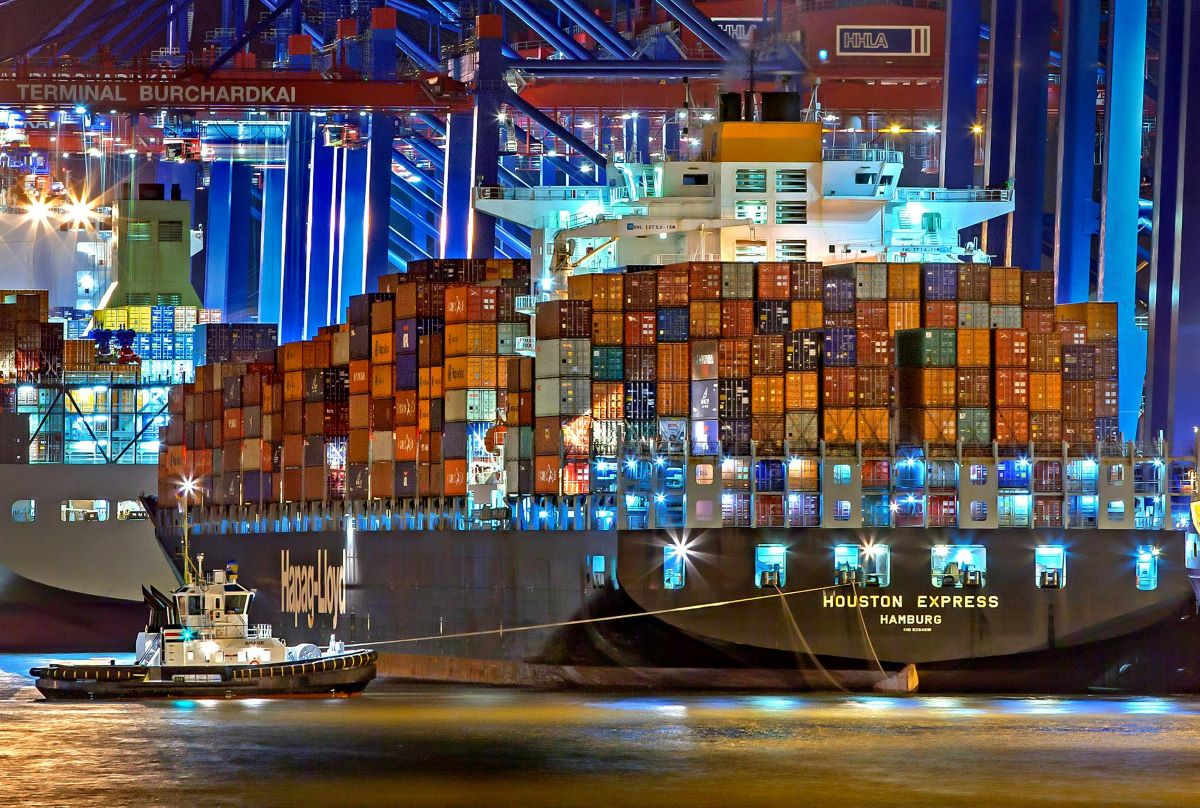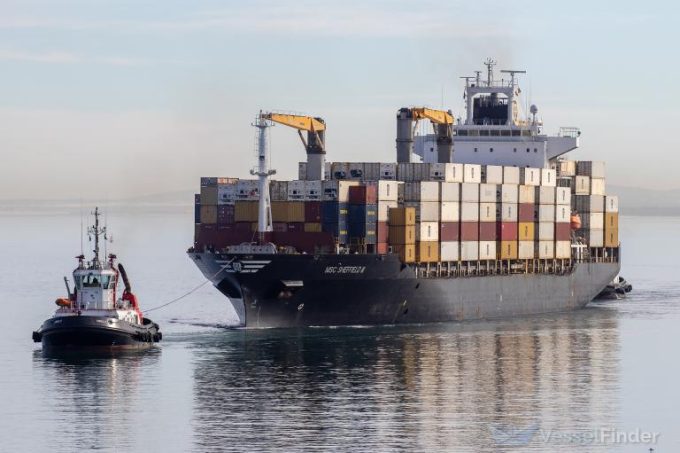The United States and China escalated their trade dispute to the maritime sector, launching reciprocal port fees on ships operating between the two countries. The move represents a significant expansion of the trade war, with global shipping companies now in the crosshairs of economic and geopolitical rivalry.
Read also: US-China economic talks in Madrid address trade and security
As of Tuesday, the two countries began collecting additional port fees on ocean carriers transporting goods ranging from consumer products to crude oil. The simultaneous implementation of the tariffs effectively turns global shipping lines into the latest battleground in the economic showdown between the world’s two largest economies.
Tensions rose last week after China announced a sweeping expansion of export controls on rare earth elements — a key component in advanced electronics and defense systems — and President Donald Trump threatened to impose triple-digit tariffs on Chinese imports. However, both sides appeared to soften their tone over the weekend, indicating continued communication between negotiators.
According to Chinese state broadcaster CCTV, Beijing’s new rules apply to all U.S.-owned, operated, built or flagged ships, but exempt Chinese-made ships and empty vessels entering local shipyards for repair. As with the US measure, the fees will be imposed either at the first port of entry on a single voyage or on the first five voyages within one year.
“This mutual asymmetry traps the two economies in a vortex of maritime taxation that threatens to distort global shipping flows,” said a research note from Athens-based Exclusive Ship Brokers.
The Trump administration first introduced the port tariff plan earlier this year, placing it within a broader effort to weaken China’s dominance in global shipbuilding and boost U.S. maritime manufacturing. The policy came in the wake of a Biden-era investigation that accused China of using unfair practices to control global shipping and logistics markets.
China responded in kind, announcing similar port fees on US-bound ships effective the same day. The Chinese Ministry of Commerce said in a statement: “If the United States chooses confrontation, China will continue to do so until the end; if it chooses dialogue, China’s door will remain open.”
Industry analysts warn that the escalating measures could severely disrupt global trade routes. “We’re in a frenetic phase of disruption, where everyone is quietly trying to improvise solutions,” said Ed Finley-Richardson, a dry bulk shipping analyst, who pointed to reports that U.S. shipowners are diverting cargo mid-voyage to avoid new tariffs.
Container giant COSCO is expected to bear the brunt of the financial burden, with analysts estimating it could absorb nearly half of the $3.2 billion cost associated with the tariffs in 2026. Major lines such as Maersk, Hapag-Lloyd and CMA CGM have already adjusted their networks to limit exposure to China-linked ships on U.S. routes.
The US Trade Representative (USTR) declined to comment on this development.
Beijing also imposed sanctions on five subsidiaries of the South Korean shipbuilding company Hanwha Ocean linked to the United States, accusing them of aiding a US investigation into Chinese maritime practices. Hanwha, which operates the Philly shipyard and builds ships for the U.S. Navy, said it was monitoring the situation closely. Hanwha Ocean shares fell nearly 6% after the announcement.
Shipping analysts say the full impact of port fees could ripple across multiple market sectors. Vortexa has identified 45 LPG tankers – roughly 11% of the global VLGC fleet – subject to the new Chinese tariffs, while Clarksons Research said oil tankers representing 15% of global capacity could be affected. Jefferies estimates that 13% of crude oil tankers and 11% of container ships may face higher costs.
The United States announced limited exemptions for long-term charterers transporting ethane and liquefied petroleum gas, delaying port charges until December 10.
On the other hand, the trade confrontation is beginning to merge with climate policy disputes. In response to China’s restrictions on rare earth elements, Trump has threatened to impose new 100% tariffs on Chinese goods and proposed export controls on critical software by November 1. US officials also warned that countries that support the International Maritime Organization’s plan to reduce shipping emissions could face sanctions or port restrictions, a direct blow to China, which supports the initiative.
“The weaponization of trade and environmental policy shows that shipping has moved from being a neutral conduit for global trade to a direct instrument of statecraft,” Exclusive said.
Despite the turmoil, shares of Chinese company Cosco rose more than 2% on Tuesday after announcing plans to buy back up to 1.5 billion yuan ($210 million) of shares to stabilize investor confidence.










